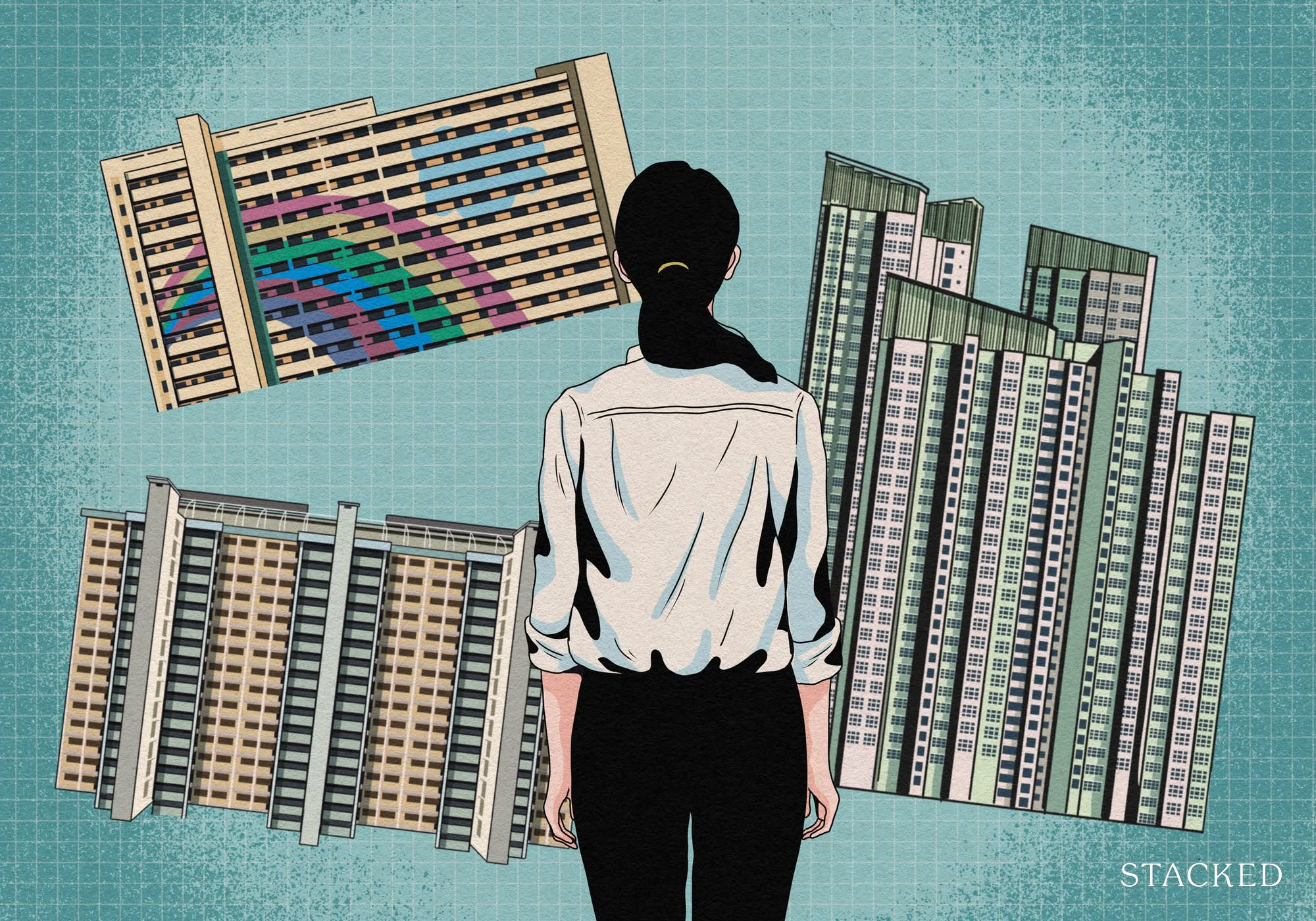GE2025: Who’s Got the Better Housing Plan? We Break Down PAP, WP, RDU, PSP And SDP Proposals

Get The Property Insights Serious Buyers Read First: Join 50,000+ readers who rely on our weekly breakdowns of Singapore’s property market.
A seasoned content strategist with over 17 years in the real estate and financial journalism sectors, Ryan has built a reputation for transforming complex industry jargon into accessible knowledge. With a track record of writing and editing for leading financial platforms and publications, Ryan's expertise has been recognised across various media outlets. His role as a former content editor for 99.co and a co-host for CNA 938's Open House programme underscores his commitment to providing valuable insights into the property market.
Housing and housing affordability are topics of contention in Singapore, and will likely always be. From those who feel HDB is a miracle of public housing, to those who feel we’re a step away from living under that bridge of Clarke Quay, there’s no end to differing opinions. As several party manifestos and speeches dwell on this central topic, we’ve gathered the salient points and considered how they might impact the current market:
1. People’s Action Party
- Build over 50,000 new flats over the next three years, and more flats with shorter construction times.
- Increase public housing options for higher-income couples and singles.
- More flats in mature or desirable estates like Kallang-Whampoa, Bayshore, and Mount Pleasant.
- Planning for VERS
This is the one most of us are familiar with and living through. The biggest innovation we’ve seen in recent years is the Plus and Prime scheme, which served three purposes:
First, it addressed the issue of fairness and the “windfall” effect. Second, it creates a self-selecting system, where those who don’t intend to upgrade won’t compete with those who do (if you intend to upgrade, you likely wouldn’t settle for the 10-year MOP of a Plus or Prime flat). Third, it is to some extent a form of sandwich housing like ECs: the Plus and Prime flats are pricier and cater to a higher income band.
We don’t know if “more public housing options for higher-income couples and singles” refers just to the Plus and Prime scheme, or perhaps other schemes that are like it, but it’s quite clear this means support for some sandwiched Singaporeans.
It does surprise us a bit that, given the current climate, the PAP is emphasising support for higher-income couples and singles, rather than going all-out over affordability (this has been the apparent direction of HDB itself, with all the ads about how affordable flats really are).
It is, however, a sign of confidence that lower-income Singaporeans are already cared for, and that incomes are rising.
As for building more flats with shorter completion times, this is not new and has been mentioned long before GE 2025. As before, we’d say this does provide some relief for first-time buyers, as it raises their chances of securing a home in the balloting; but it will be some time (due to the MOP) before these newly built flats can help to alleviate the high demand for resale flats.
Regarding the mention of VERS, this also catches us by surprise. While the rejuvenation of flats is a long-term concern, we hadn’t thought it would be an immediate concern this general election. High inflation, coupled with high resale flat prices, seems to us a more pressing issue than VERS for now.
Nonetheless, this does provide a solution to the persistent fear of HDB as a “99-year time bomb.” VERS is not a new concept (although we’ve still never seen one happen yet), and we’re curious if they have more plans to improve it or make it more enticing.
There’s also a longstanding concern that VERS, besides being expensive to the state, may be tough to execute. Unlike SERS, VERS is voluntary: it’s offered when an HDB project reaches 70 years of age – if sufficient consent is gathered from the flat owners, they’ll receive a payout (less generous than SERS) and the flats are taken back by the government. But there’s bound to be dissenting voices, especially among older folk for whom it’s difficult to move; and arguments between the owners can take on the same toxic quality as en-bloc disputes. We do wonder if further news on VERS includes plans to deal with these issues.
2. Workers’ Party
- For first-timers, the house price-to-income ratio will be based on the median income levels of new homeowners, rather than the national household median income.
- HDB to offer 70-year lease BTO flats at a lower price, with optional 29-year top-up, as well as a universal buy-back scheme.
- Transparency on land valuation by the chief valuer.
We can see the WP is going in a rather different direction. Rather than the focus on higher-income brackets or better access to choice locations, the implication of their policies seems to be that the average Singaporean is struggling.
The focus here is on first-timers and affordability, as well as lowering the prices of BTO flats with a shorter lease. Let’s unpack this a bit:
First, the suggestion that house price-to-income ratios be based on median income levels of new homeowners. This is a common affordability ratio, which is based on how many years of your annual income it would take to pay off the property. A study from 2023 found that, based on median income, it would take about 4.7 years to pay off an HDB flat, and 13.7 years to pay off a private home.
Five years or under is usually considered affordable.
This could be more sympathetic to new homeowners, especially if they’re earning less. But we do think it overlooks the intergenerational wealth transfer we’re seeing now: the expensive new launches and resale flats are, from on the ground experience, mainly the result of parents helping children. This could mean that, even for first-timers seeking BTO flats, the numbers could be practically more affordable than they appear on paper.
To be clear, we must remain conscious that not everyone has parents affluent enough to help out. But if the end-goal is financial assistance based on this (i.e., bigger grants for new homeowners), there could be a fairness issue: Would we be happy with a new homeowner getting bigger grants because things are less affordable on paper, but behind the scenes, they have a parent with multiple properties also funding their down payment and loan repayments?
There’s also a high level of subsidies involved in this approach, otherwise, the prices won’t be lower by a meaningful amount. It is, in short, expensive. Also, not everyone in the country is charitable: there’s bound to be those who want their existing flat prices to appreciate, who will decry easier and cheaper access to newer flats (but one could make a fair argument that we can’t be catering to that!)
Making the lease more flexible is a pretty good move, especially for those who are uncertain where they’re headed. Not everyone is committed to staying in the same flat for life, and the bigger savings can also help with aspirations like upgrading, not necessarily to condos, but just a more spacious flat sometimes.
If you’re not sure whether you’ll have children and may need a 5-room, for instance, you could buy a 3-room on a 70-year lease and save a huge amount, making any subsequent move easier to plan. This assumes, however, that the 70-year lease has an attractive price. This could be tricky: the price has to be low enough versus 99-year flats that a lot of buyers will opt for it, but not so cheap that it cannibalises sales from 99-year flats.
It might also be expensive for the government to reabsorb or do something with all these flats, once the shorter leases are up – the consequences will depend on how many of them are built.
As for the buy-back scheme…well, HDB hasn’t found a way to make lease buybacks especially popular, so perhaps WP has a better way to market it. The call for transparency on the Chief Valuer’s work is also possibly a bit abstract on the average homeowner, but it could address suspicions that land valuations are inflated to justify higher BTO prices (as BTO prices are supposedly pegged to “fair market value” of the land). Greater transparency could increase trust in the system, but it also invites further dispute and argument over whether the land is fairly priced.
3. Red Dot United
- Make every HDB estate eligible for SERS
- Rent-to-own scheme for the bottom 20 per cent of income-earners or young, single Singaporeans.
- Restrict PRs and new citizens (less than 10 years) from purchasing resale flats with less than 79 years of lease remaining, unless they’ve completed National Service.
This seems angled at people who don’t like the idea of Singapore having more Permanent Residents and new citizens. That’s most evident from the third point, although we’re not sure how to quantify why 79 years is the right amount. Would 80 be too generous?
More from Stacked
Budget 2022 Property Tax: How Much More It’ll Cost You + What It Means For The Market
In the recent budget 2022 announcement, the government said it would raise property taxes starting next year. While the increment…
The most eye-opening suggestion here is making every HDB eligible for SERS. This would quite definitely calm the fears of the 99-year time bomb, whilst also slamming the accelerator on resale flat prices. Without any more fears of lease decay (because the government will buy back the flat at a generous price), why would a seller discount, say, a centrally located flat built in the ‘80s? The buyer can enjoy the excellent location now, with total assurance that it will be bought back at SERS-level pricing when the time comes.
We also wonder where exactly the funds to do this will be extracted from. We won’t pretend to know how much the Singapore government has available, but making every HDB estate eligible for SERS is not going to be cheap. SERS involves compensation at market value, plus support for relocation, plus new flats at subsidised rates for the owners.
Given that only around five per cent of estates qualify right now, it’s unrealistic to expect the same treatment for the other 95 per cent of estates. What significant sacrifices will we need to make elsewhere, to make this possible (if it even is)?
As for a rent-to-own scheme, this could be an important step up for lower-income Singaporeans. But it has to come with a very good monitoring system to prevent abuse. From many years of on-the-ground experience, we’ve learned that people like to try and understate or overstate their income to suit their purposes; and someone has to check that no one under-declares their income to qualify for a rental flat, buys a subsidised flat, and then flips it right after the Minimum Occupancy Period (MOP).
We do wonder why it’s not simply the bottom 20 per cent of earners, but also “young, single Singaporeans.” The latter does not imply neediness. There are some young, single Singaporeans who could buy a condo with their income at 25.
4. Progress Singapore Party
- Affordable Homes Scheme, where buyers will not pay for land costs until the flat is sold on the resale market.
- Singles can buy BTO flats and resale flats from the age of 28.
- Millennial Apartments Scheme, where HDB provides young couples and singles with apartments to rent at affordable rates.
- Build more flats ahead of demand.
The first point (replacing the BTO scheme with the Affordable Homes Scheme) could result in some issues with across-the-road pricing. For example: let’s say you bought a flat under the BTO scheme, where you ostensibly paid for the land costs (it’s pricier).
A few years later, someone buys a flat within a few minutes’ distance from your flat, but they bought it for much cheaper under the Affordable Homes Scheme.
How much would the two flats sell for on the resale market? The person who bought under the BTO scheme is probably not willing to lower their price, and the person who bought under the Affordable Homes Scheme might see the BTO resale prices, and decide to just match it (their flats have the same locational benefits anyway). That would be quite the windfall for the latter.
A second question here is how exactly the land price is repaid upon resale. The party has mentioned it’s the “deferred land price with accrued interest.”
Now, land prices are not static and move over time; usually upward. After a mall, an MRT station, and a school have been built, the land then becomes more valuable than it was before. The question is, how will the “accrued interest” balance this out, and how is it calculated in the first place?
We would expect a lot of valuation disputes resulting from this. Also, it assumes the seller of the flat will not simply raise the asking price to make up for this “deferred land cost.” Another drawback is that, if the flat owners know they’ll have to pay back a big “deferred land cost” when they sell, they may simply hold on for longer and tighten the available resale supply. The government does also spend more money this way: even if the sellers do pay back land costs eventually, the state loses a key source of upfront revenue to replenish the reserves.
Allowing singles to buy flats and resale flats earlier is something that will appeal to a much neglected demographic, although this could necessitate a higher supply. There’s also the issue of whether they can safely take on the home loan on a single income, but it’s definitely a boon to lifelong singles who are living together.
For the Millennial Apartments Scheme, we do wonder if it would result in a rent-control type situation, where people stringently refuse to move out of rent-capped properties; but the main question is the emphasis on age. Why specifically the young, when we’re an ageing society? Why not high-quality rental flats for anyone at an income level, or in a family situation, who needs them?
As for building more public flats ahead of time, definitely. We’ve mentioned this before as well: HDB should be untethered from the BTO system, as by now, they have more than enough data to model the necessary volume of flats. We should be careful not to let this get too far though: remember that the BTO system came about precisely because HDB overbuilt in the 1990s, resulting in a lot of vacant flats that had to be maintained.
5. Singapore Democratic Party
- Non-Open Market scheme, where an HDB flat will include only the cost of construction and administration, and can only be sold back to the government.
- Introduce a Young Families Priority Scheme to give balloting priority to first-timer families with children, or couples looking for Sale of Balance Flats or new BTO flats in non-mature estates.
- Allow single-parent families and low-income households to rent flats for two years at a time, without being subject to reviews every few months.
The Non-Open Market (NOM) scheme also seeks to exclude land costs. It’s expected that the scheme can offer 2-room flats at around $90,000, 3-room flats at $120,000, 4-room flats at $200,000, and 5-room flats at $270,000. These flats can only be resold to the government, not on the resale market.
This would create a fourth class of flats: below prime, plus, and standard. These would be flats that are purely a roof over your head, and are closer to other countries’ definitions of public housing (no profit element). The issue here is whether, like other countries, this results in stigmatised neighbourhoods: areas more stratified by socioeconomic class (i.e., a NOM neighbourhood viewed as being “for the poor.”) This will take a lot of public relations work to dispel, and upkeep will have to be as good as – maybe even a little bit better – than other flat types. Otherwise, we’ll have a two-tier housing market, where having to live in a NOM estate will simply reflect further social inequalities.
For the Young Families Priority Scheme, we’re going to assume Singaporeans are too wise to get into rushed pregnancies just to secure flat priority. “Assume” is the functional word there.
That said, this move has to be coupled with more aggressive upgrading and development of non-mature areas (we also needed this back when singles were only allowed to go for non-mature estates). There’s no point having people rush to get a flat in locations they don’t really want, or which are too inconvenient; but this is perhaps less of an issue as we decentralise over time.
As for the third point, there is a kind of idealism to this. It assumes (there’s that word again) that everyone will declare when their situation changes for the better, instead of continuing to have a subsidised home; and if people can stay longer without checks, new needy applicants might face longer waiting times for rental flats.
Also, we’re not sure if it’s always gentler this way. Being left alone for two years, and then suddenly being told to get out, is possibly just as bad as being subject to reviews; perhaps even a bit worse, as the occupant may not see it coming.
For more on the Singapore property market, and in-depth looks at new and resale housing projects, follow us on Stacked. If you’d like to get in touch for a more in-depth consultation, you can do so here.
Ryan J. Ong
A seasoned content strategist with over 17 years in the real estate and financial journalism sectors, Ryan has built a reputation for transforming complex industry jargon into accessible knowledge. With a track record of writing and editing for leading financial platforms and publications, Ryan's expertise has been recognised across various media outlets. His role as a former content editor for 99.co and a co-host for CNA 938's Open House programme underscores his commitment to providing valuable insights into the property market.Read next from Singapore Property News
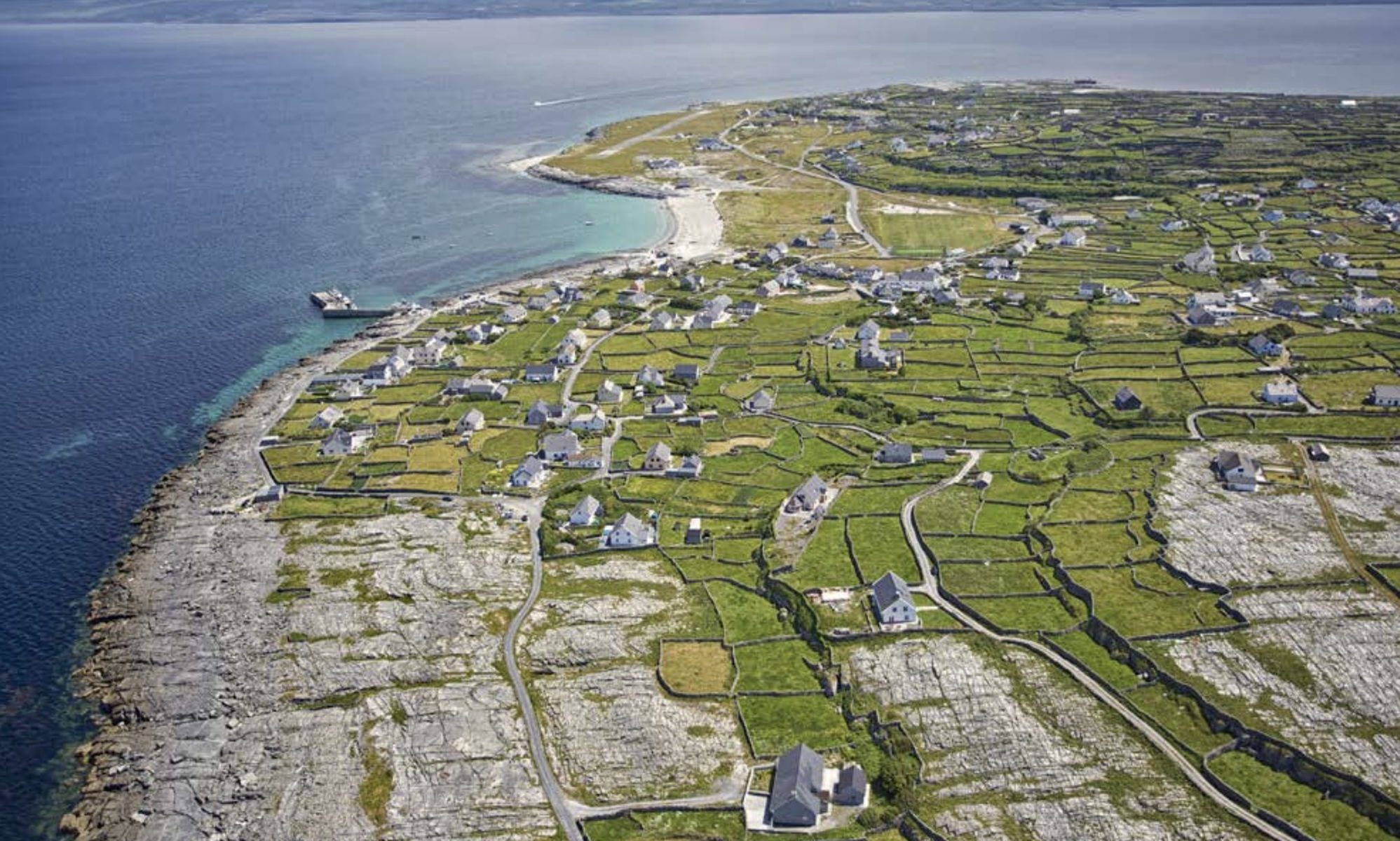
Singapore Property News Why More Land Doesn’t Automatically Fix Housing In Singapore
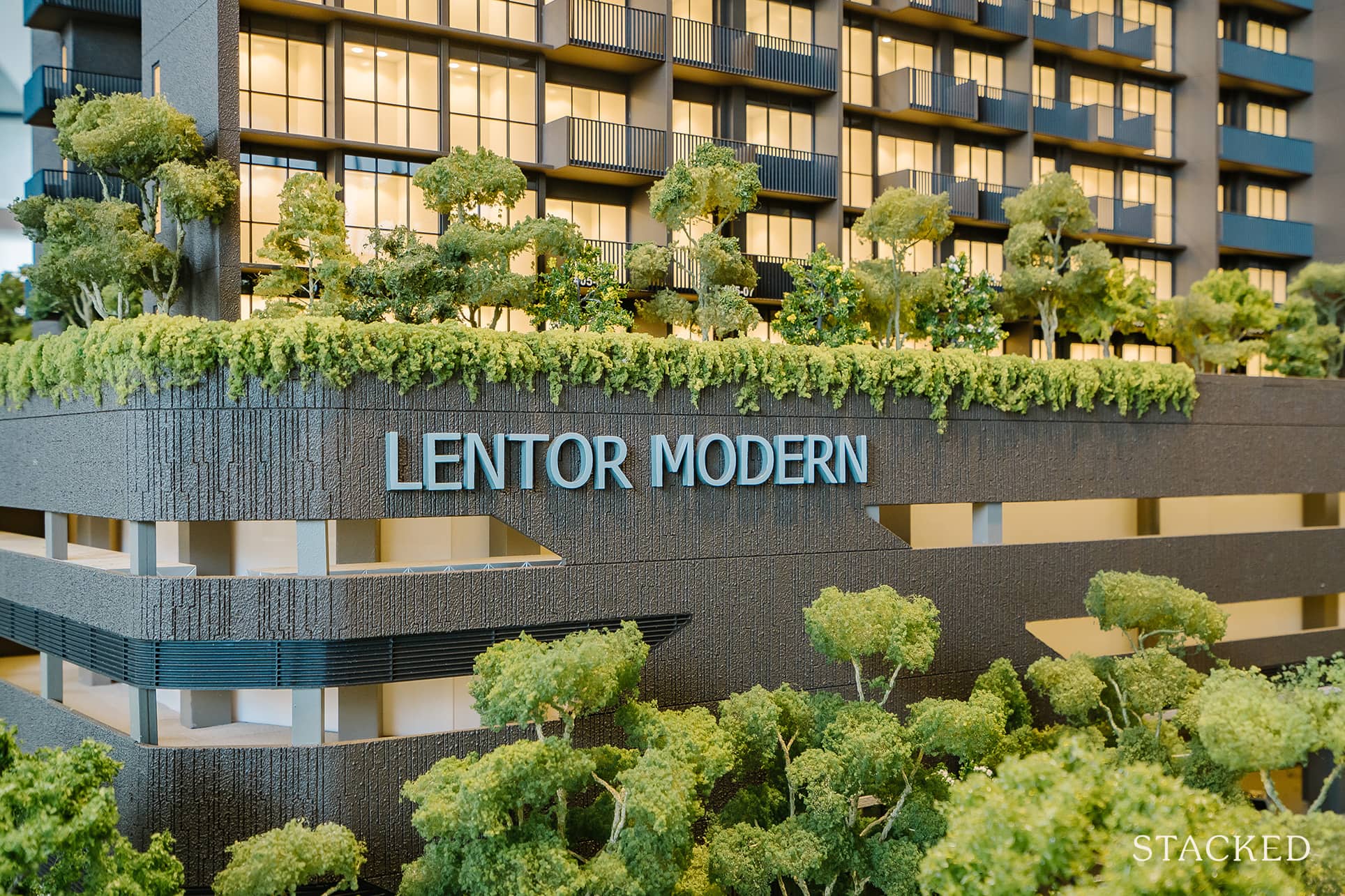
Singapore Property News Lentor’s First Condo Is Complete — The Early Profits May Surprise You
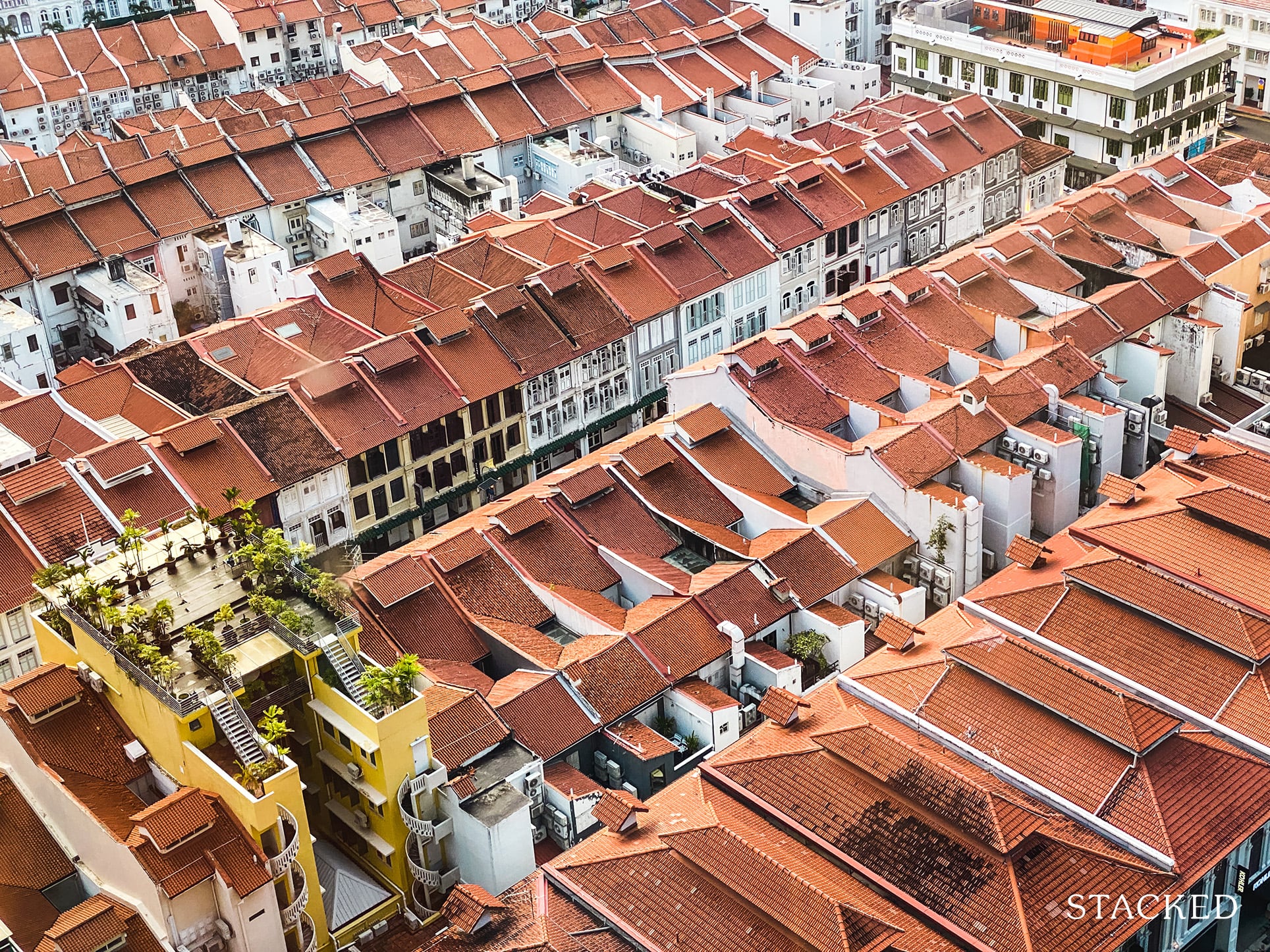
Singapore Property News $281.2M in Singapore Shophouse Deals in 2H2025 — But That Number Doesn’t Tell the Full Story

Singapore Property News CapitaLand–UOL’s $1.5 Billion Hougang Central Bid May Put Future Prices Above $2,500 PSF
Latest Posts
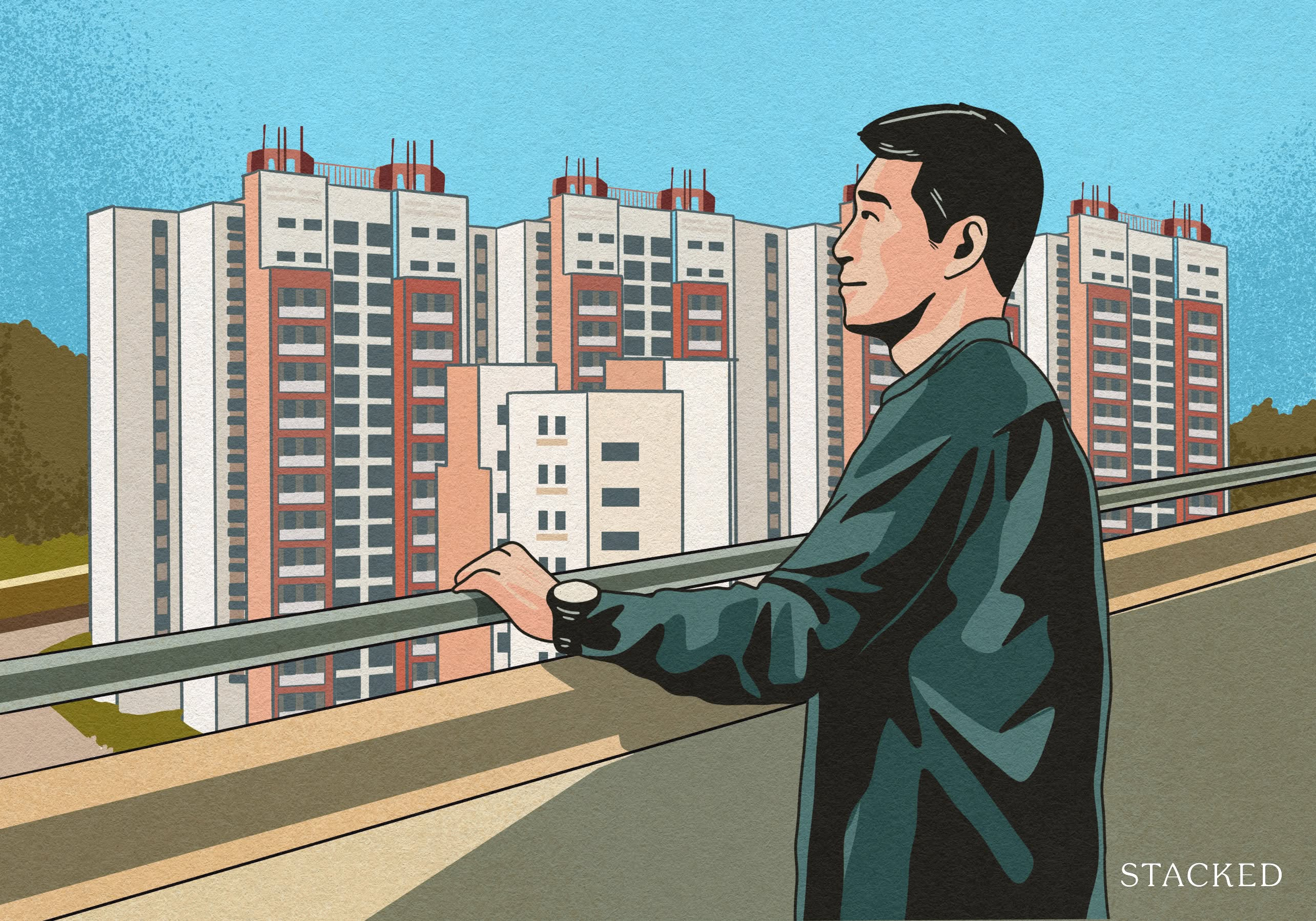
Homeowner Stories What I Only Learned After My First Year Of Homeownership In Singapore
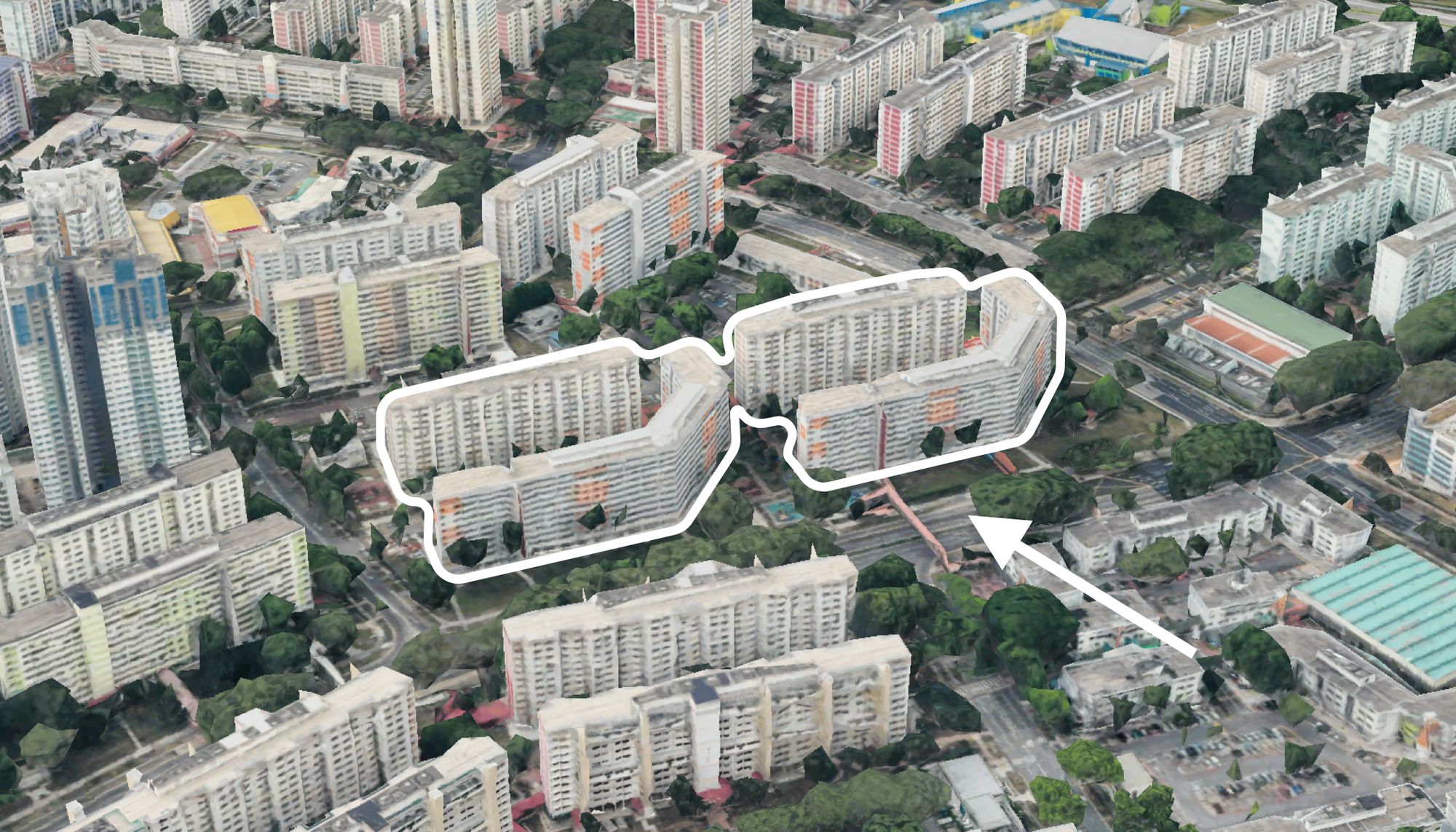
On The Market Here Are The Cheapest 4-Room HDB Flats in Central Singapore You Can Still Buy From $490K
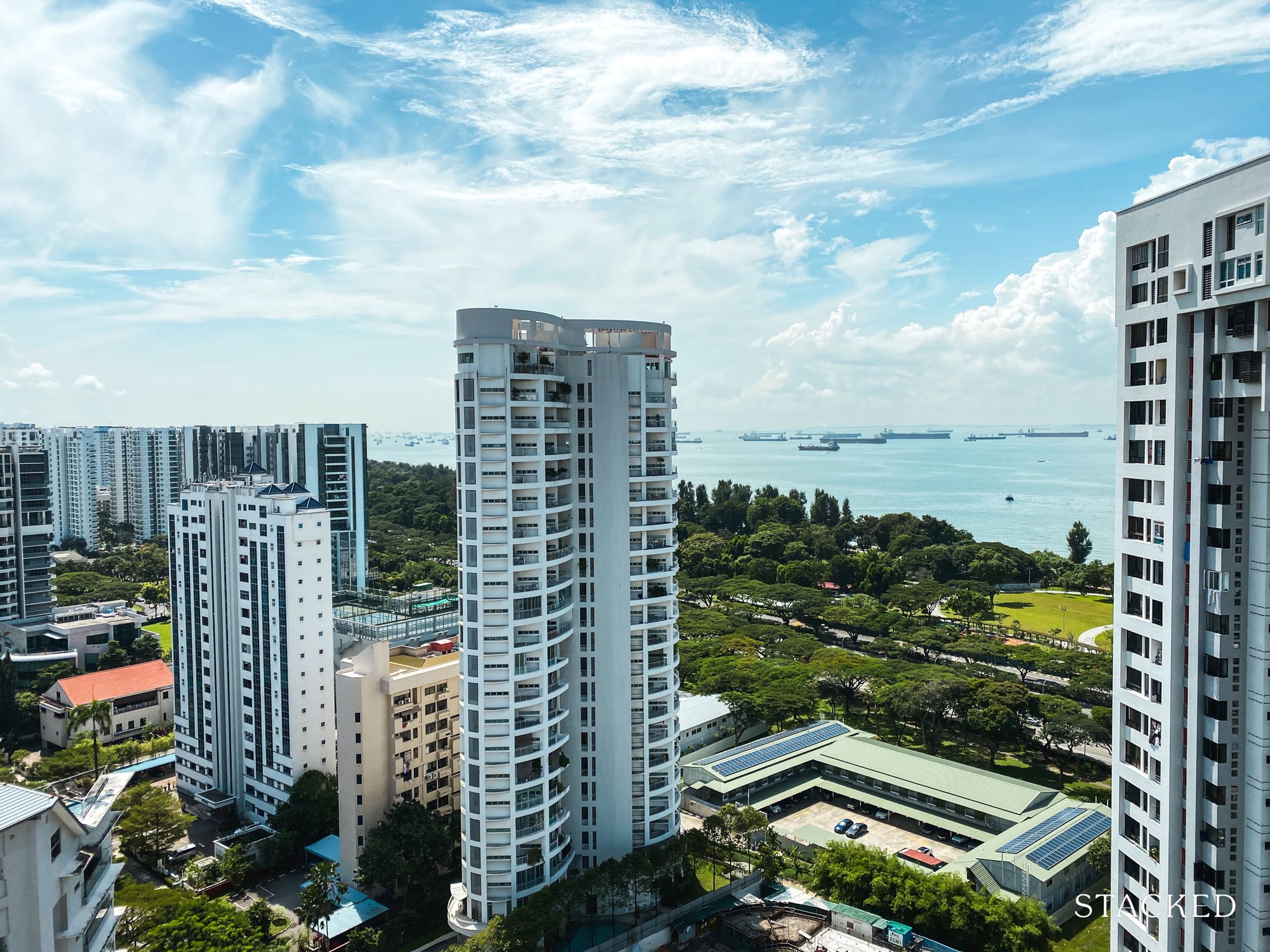
Editor's Pick Should We Buy An Old 99-Year Leasehold Condo To Live In: Will It’s Value Fall When The Lease Runs Out?
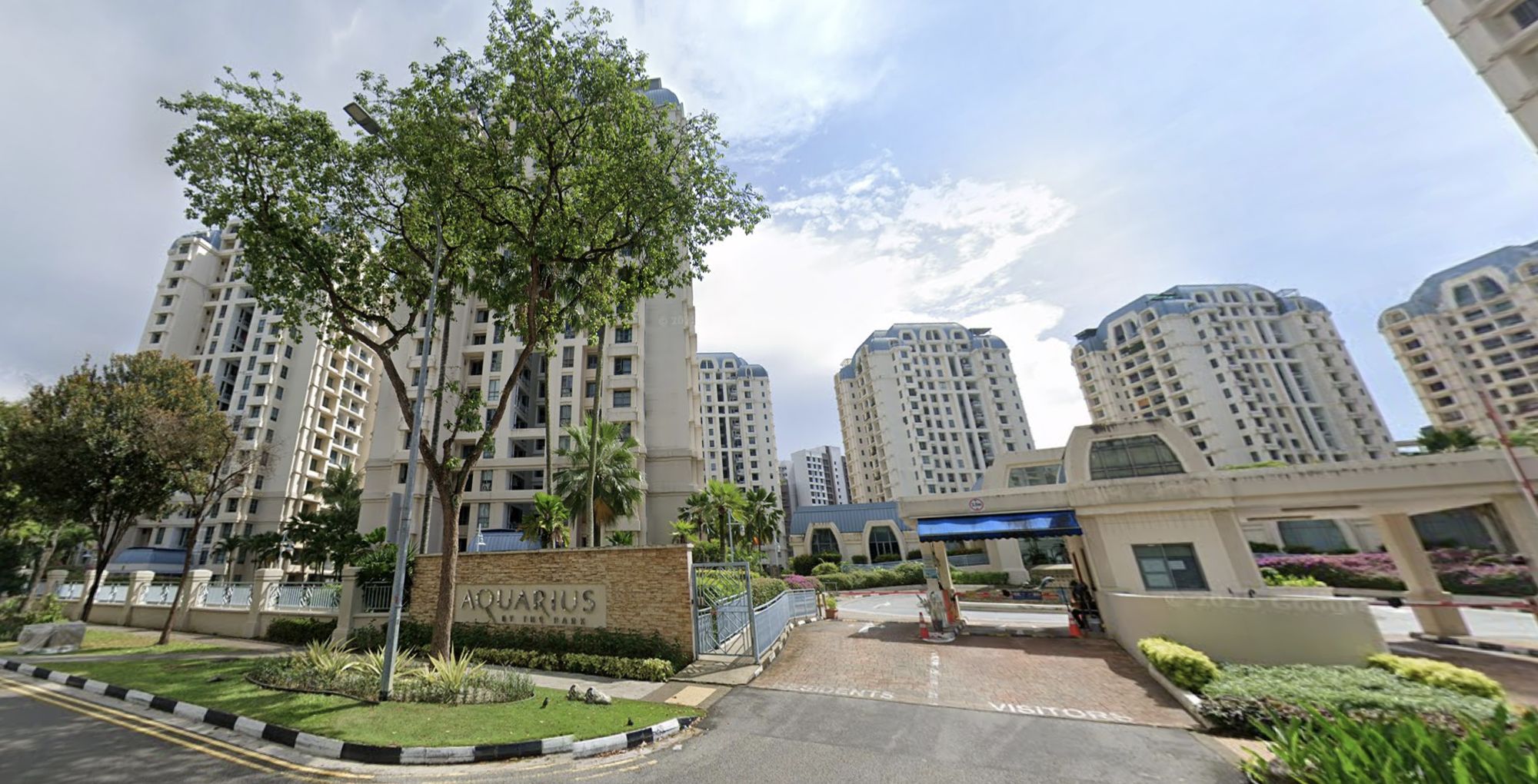
Pro How A Once “Ulu” Condo Launched In 1997 Became A Top Performer
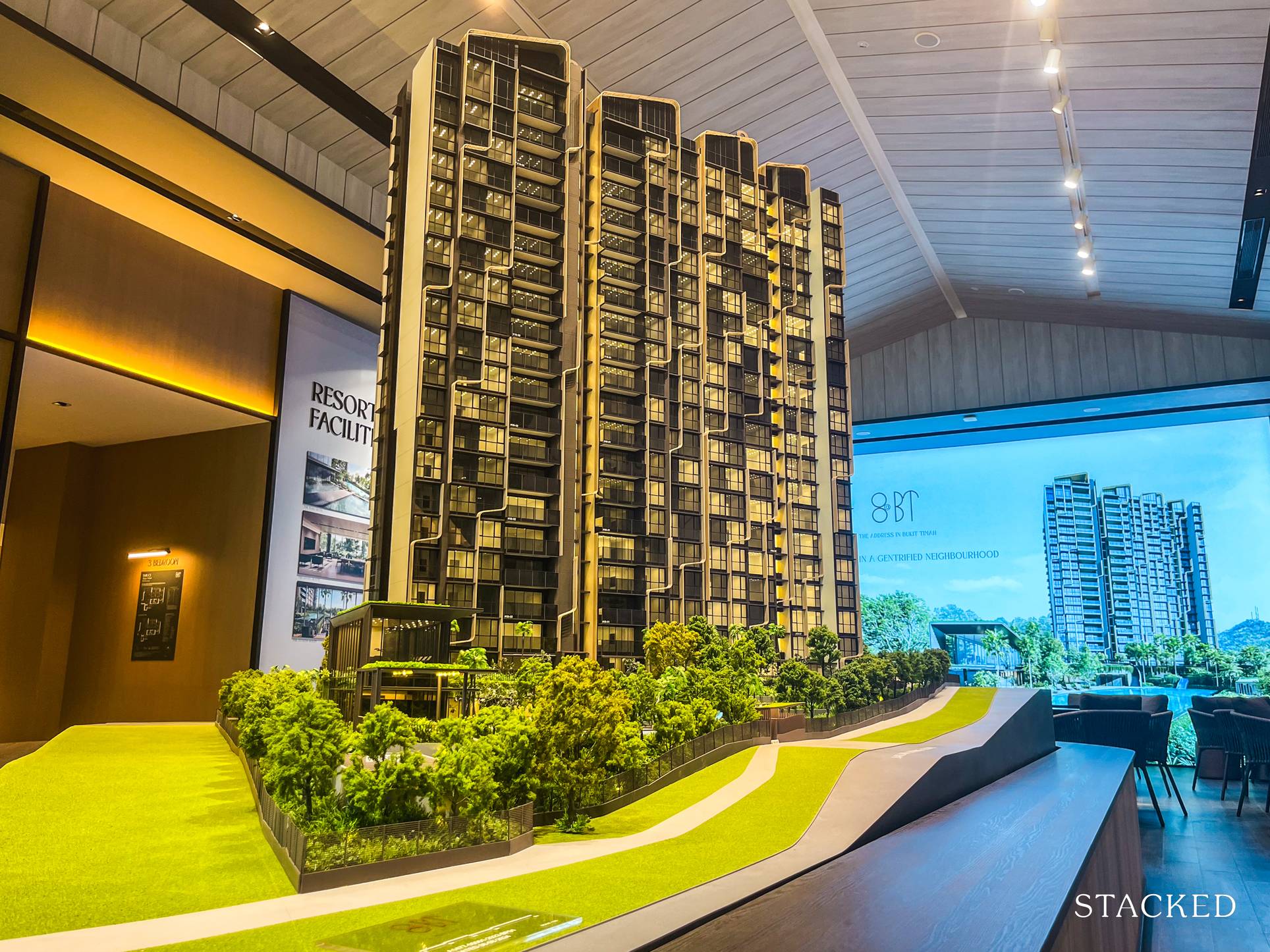
Editor's Pick I Reviewed A New Launch 4-Bedroom Penthouse At Beauty World
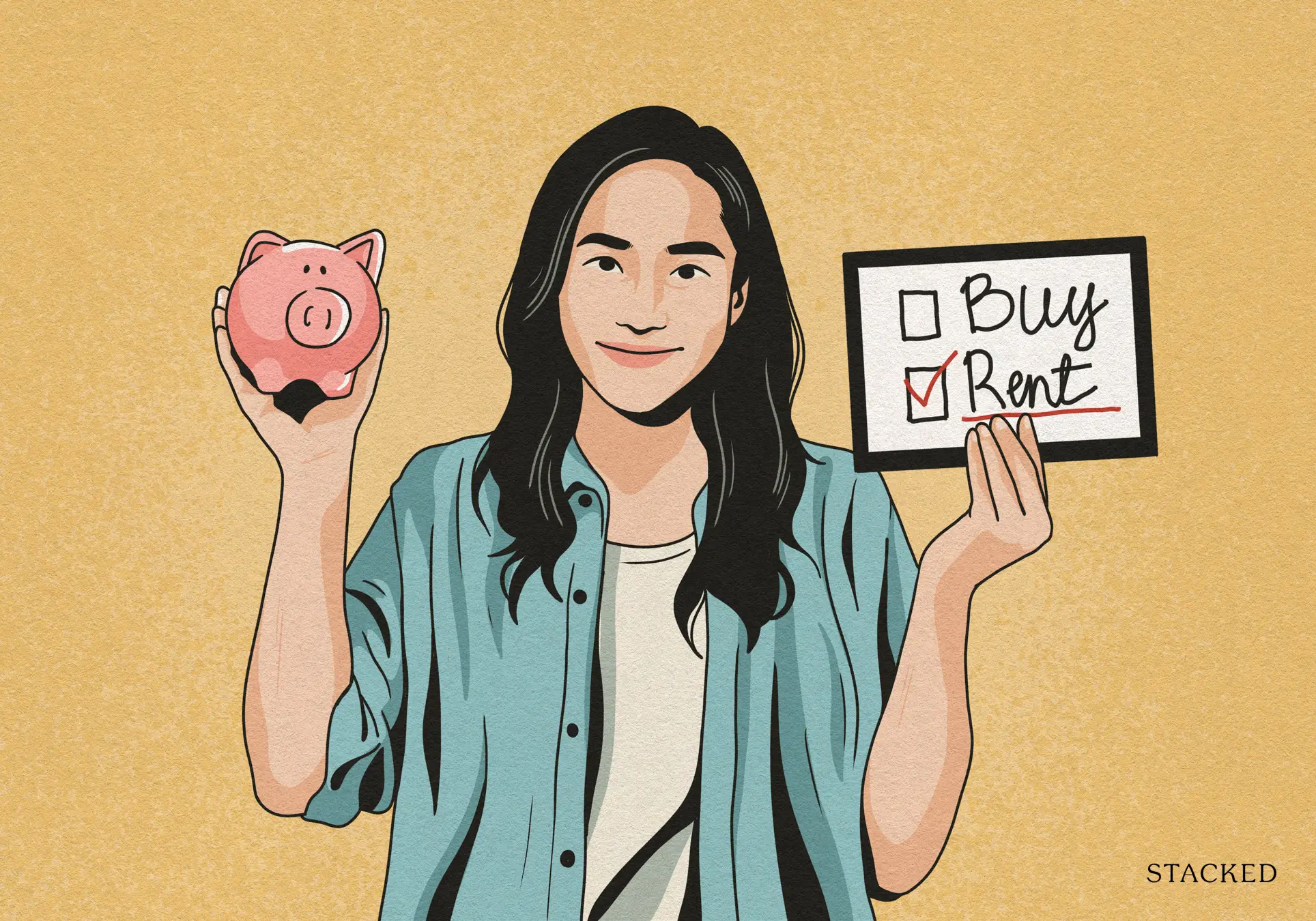
Property Market Commentary When Renting In Singapore Is The Smarter Move — And Buying Can Wait
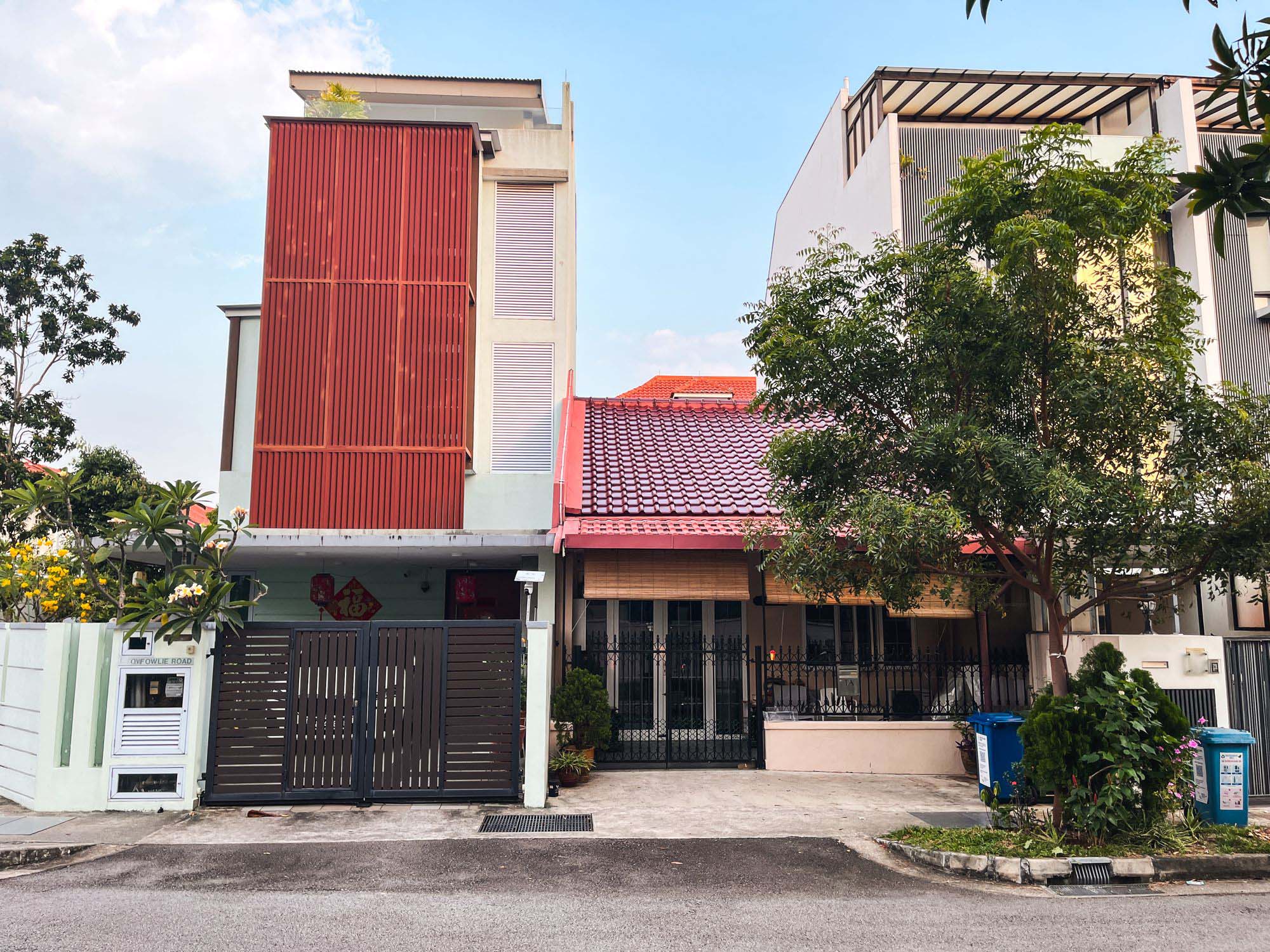
Editor's Pick Why Singaporean Families Are Looking At This Landed Enclave From Around $4M
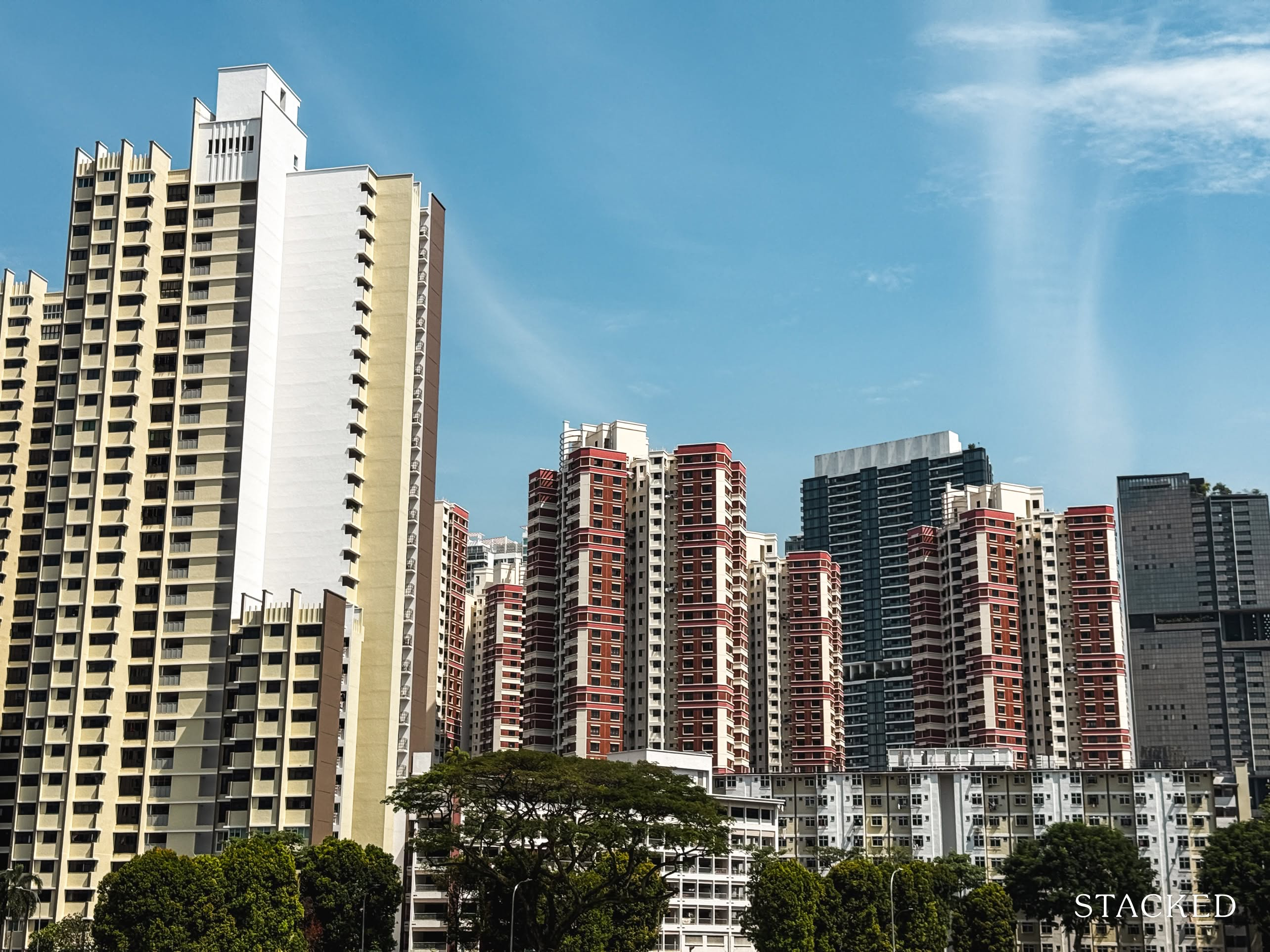
Editor's Pick A Wave Of New HDB Resale Supply Is Coming In 2026: Here’s Where To Find Them
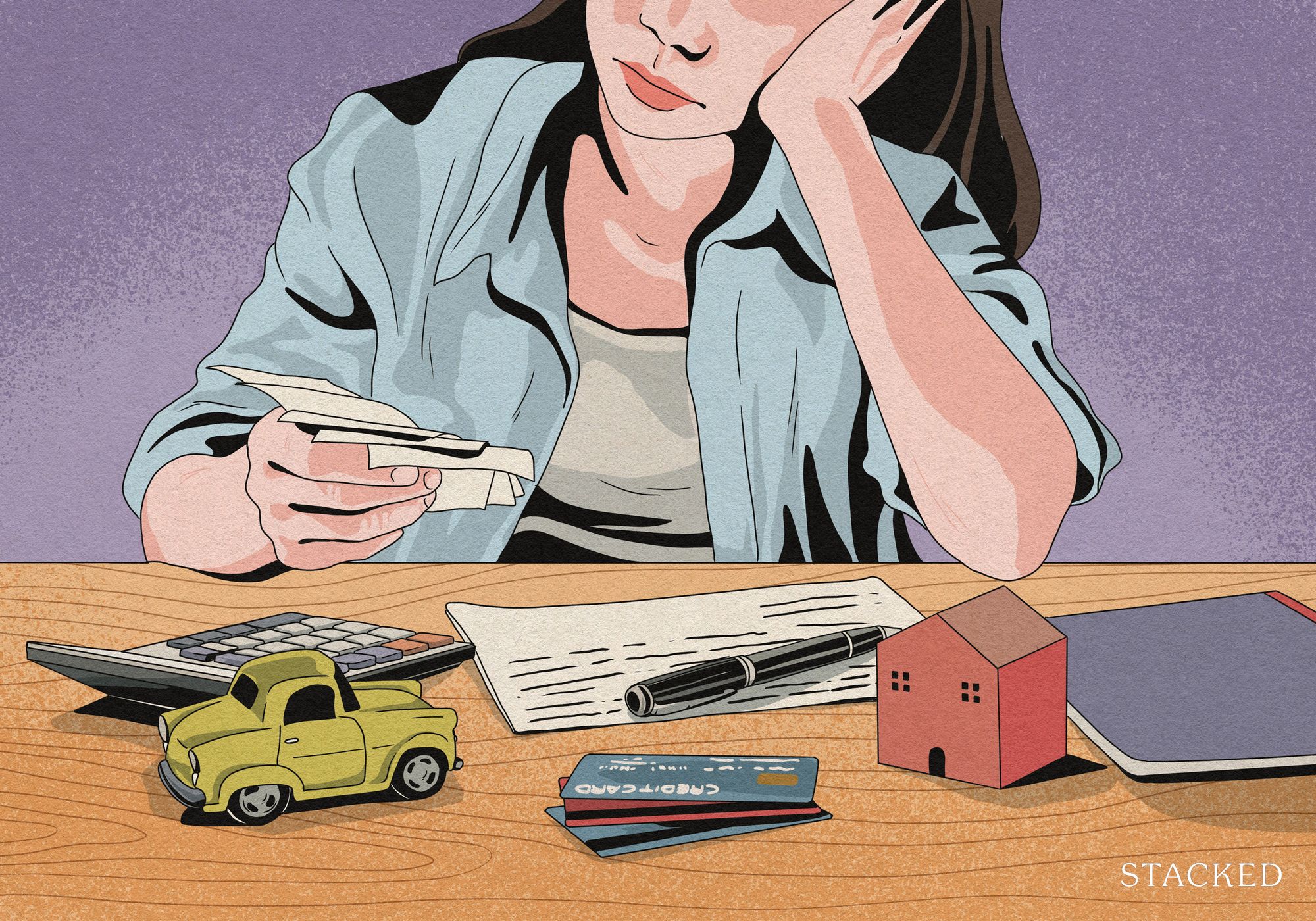
Property Advice We Own A $800K 1-Bedder And A $1.1M 3-Bedder: Is It Possible To Upgrade To A 4-Bedder Condo?
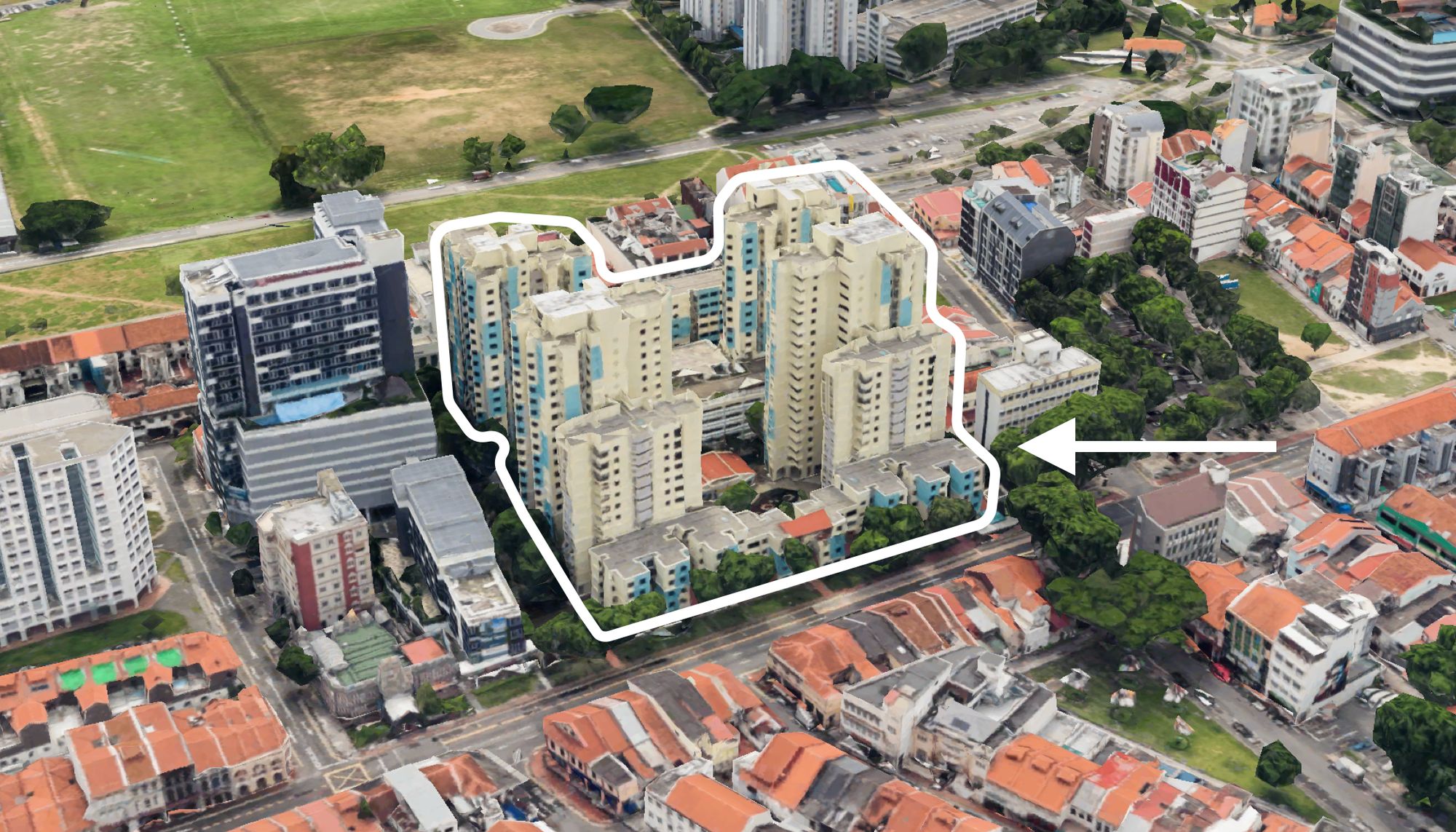
On The Market These Are Some Of The Cheapest 5-Room HDB Flats Left In Central Singapore
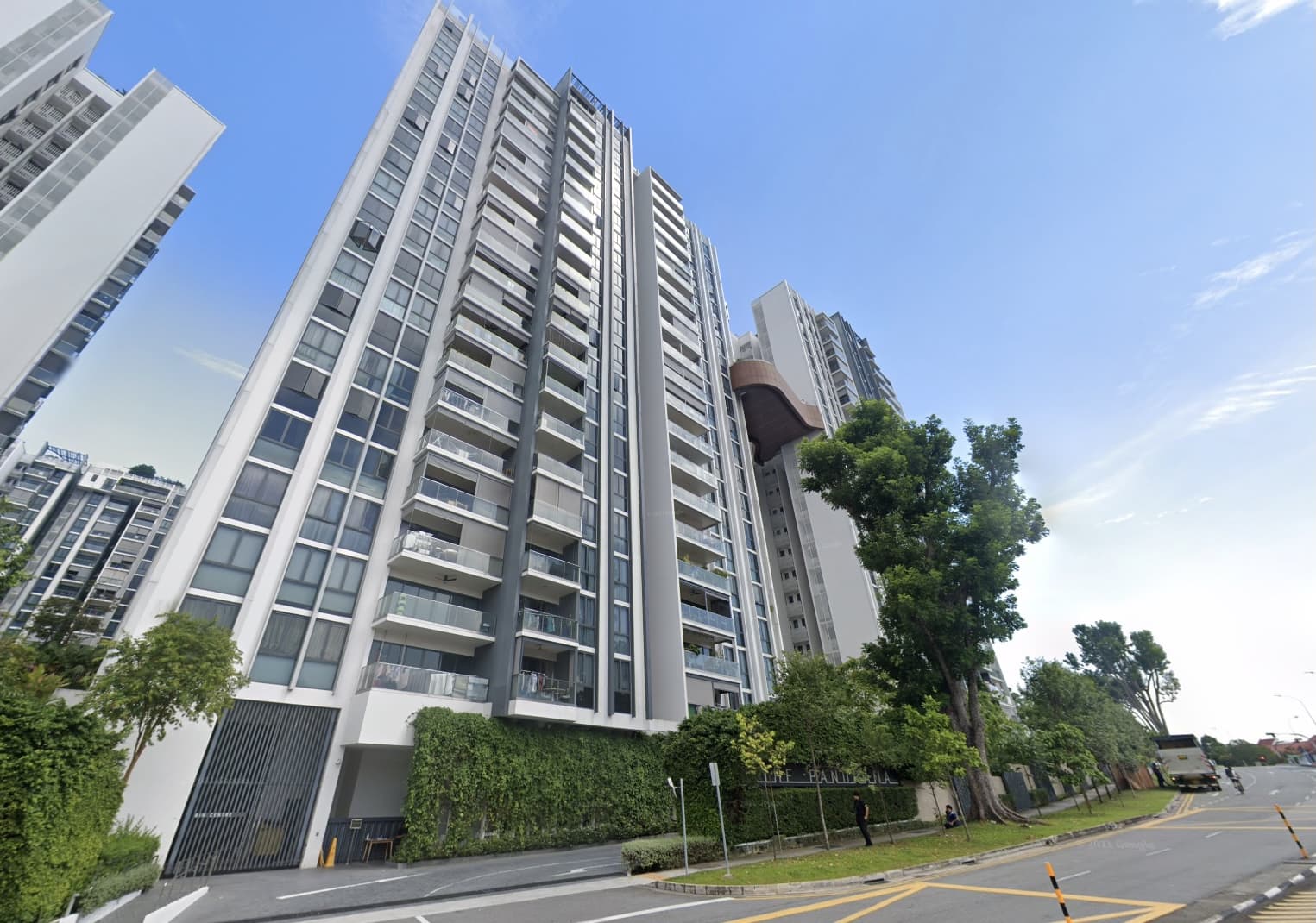
Pro This 698-Unit Ang Mo Kio Condo Launched At The Wrong Time — And Still Outperformed Peers
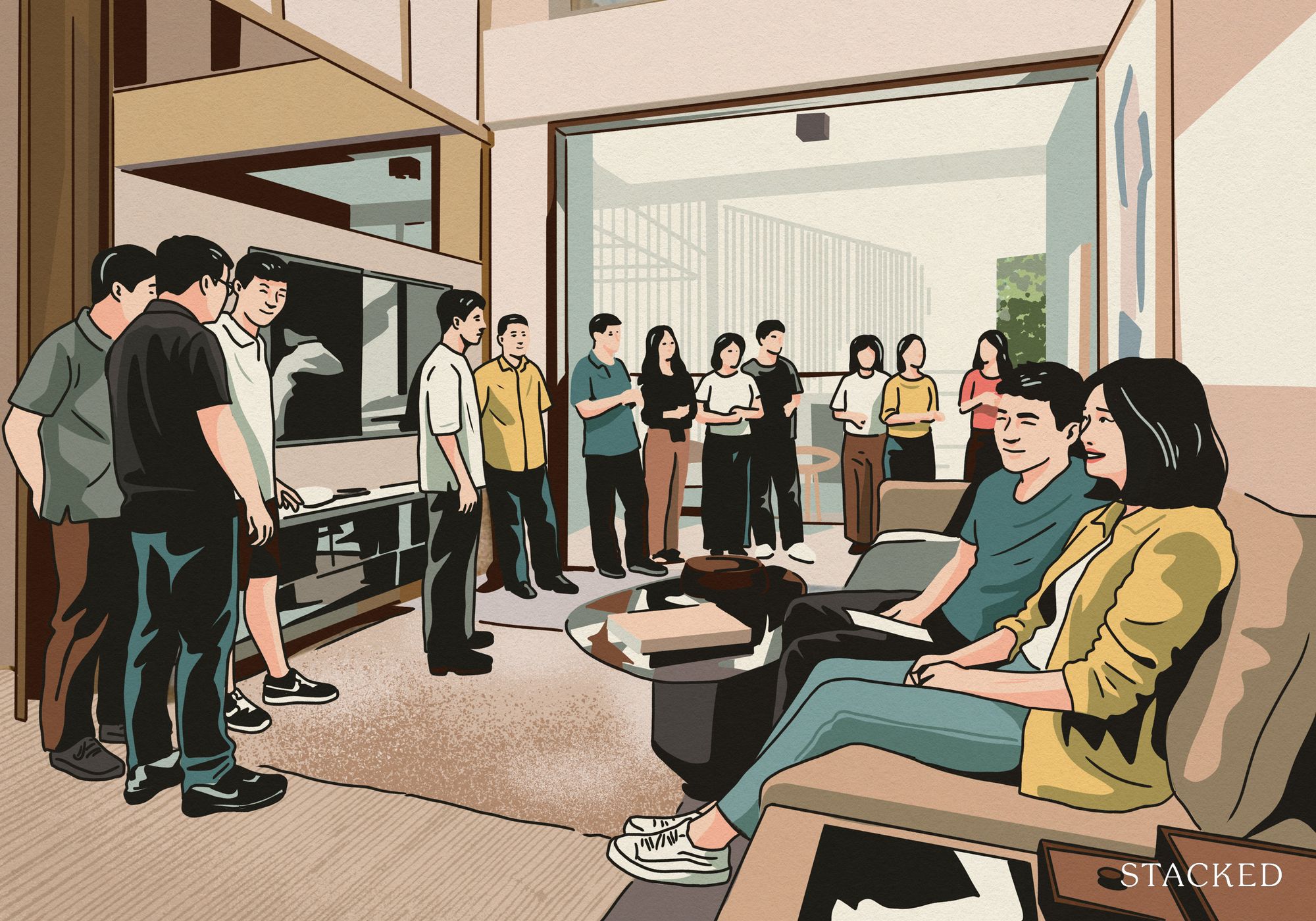
Property Market Commentary 5 Key Features Buyers Should Expect in 2026 New Launch Condos
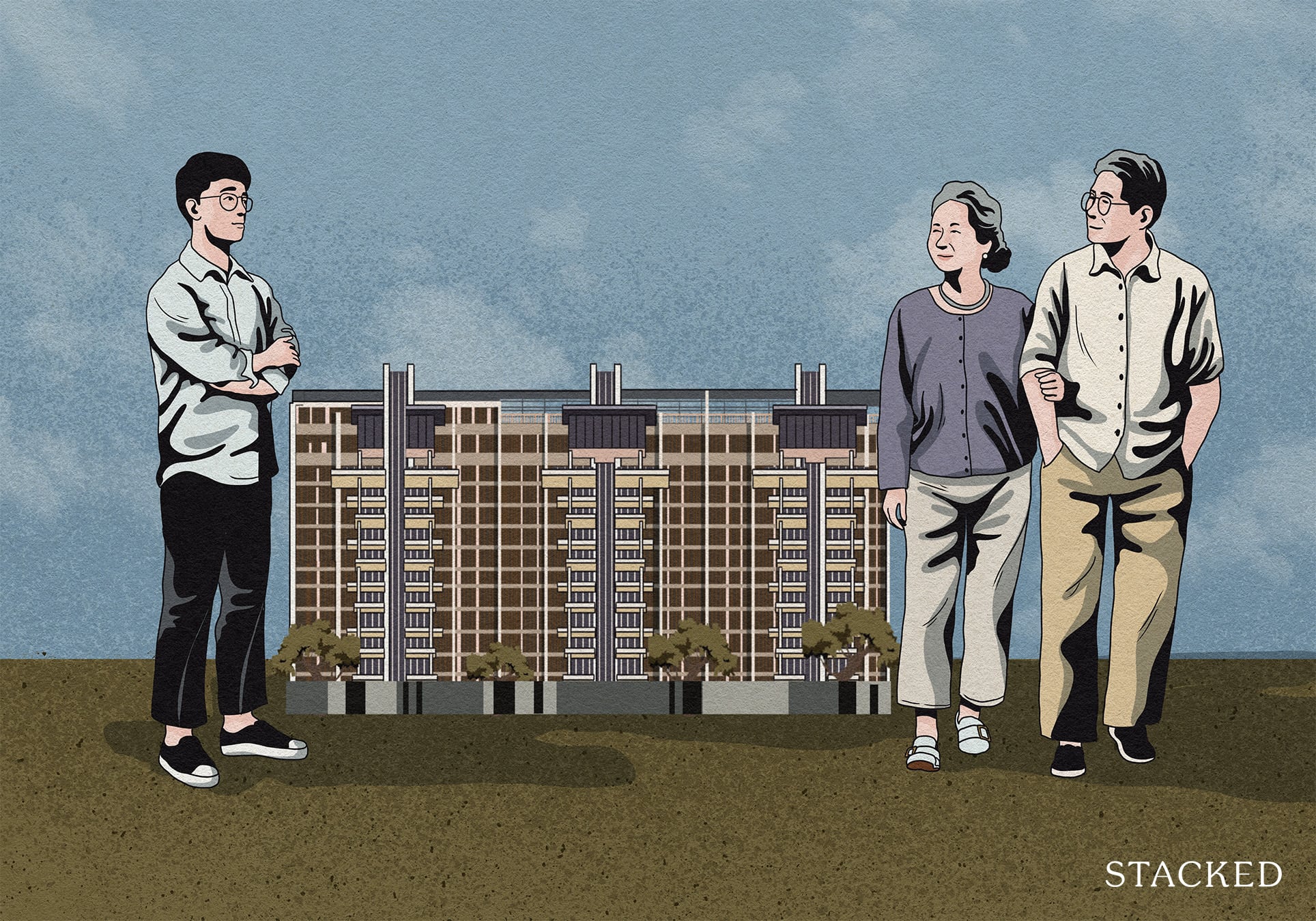
Editor's Pick What “Lucky” Singaporean Homebuyers Used To Get Away With — That You Can’t Today
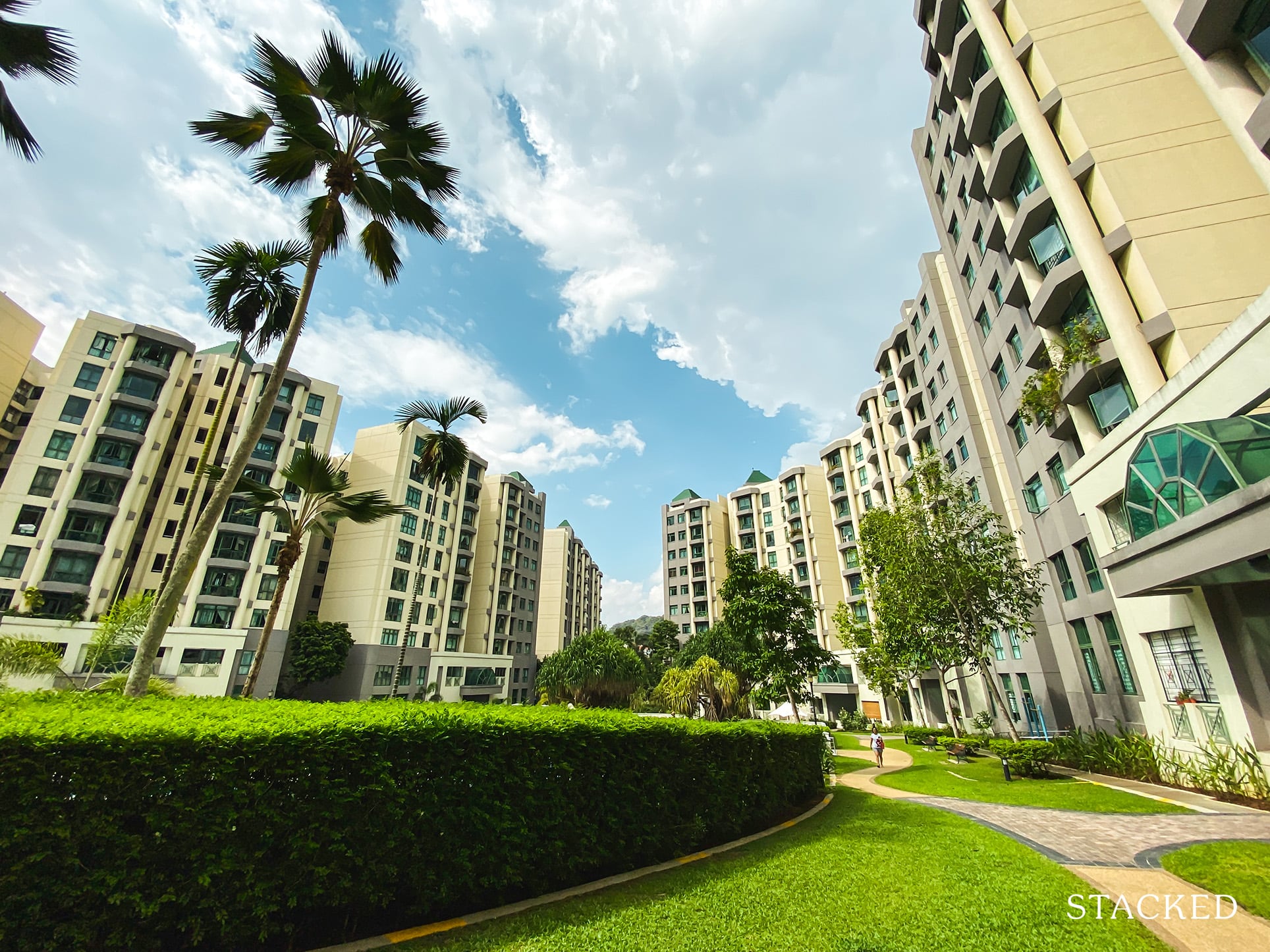
Property Investment Insights These Resale Condos In Singapore Were The Top Performers In 2025 — And Not All Were Obvious Winners

Pro How A 944-Unit Mega-Condo In Pasir Ris Ended Up Beating The Market
